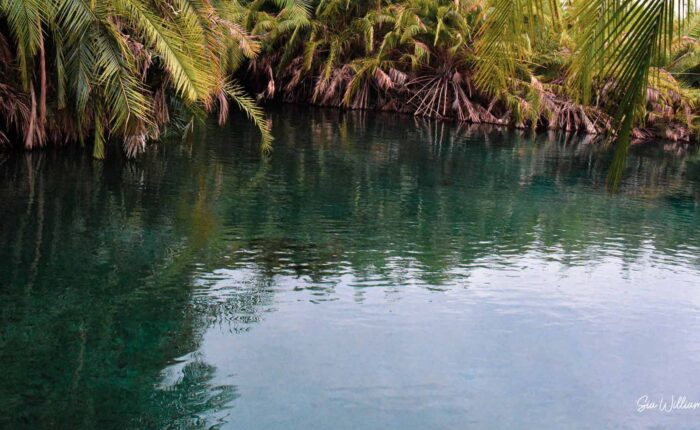Mama Africa Tanzania Safari Limited
- +255 767 319 976
- info@mamaafricasafaris.co.tz
- +255 767 319 976
Price
Save To Wish List
Adding item to wishlist requires an account
Don't have an account? Create one.
When you book with an account, you will be able to track your payment status, track the confirmation and you can also rate the tour after you finished the tour.
Sign Up2088
Why Book With Us?
- No-hassle best price guarantee
- Customer care available 24/7
- Hand-picked Tours & Activities
- Travel convenience
Got a Question?
Do not hesitate to give us a call. We are an expert team and we are happy to talk to you.
+255 767 319 976
info@mamaafricasafaris.co.tz
8 Days Londros Route
0
This is probably the older route up Kilimanjaro just like the Lemosho Route. Accommodation on the Marangu route is in the huts, the Londross route offers strictly tents only. This makes Londross better suited to the slightly more adventures hiker, however rewarding him as scenic splendor such as not seen on the Marangu route, form late afternoon sunsets at Shira, to the misty revelations of Kibo at the great Barranco Wall, the Landross route is normally completed in a minimum of 8 days. There is an added benefit to this, as you are afforded the most valuable commodity on the mountain- acclimatization. The Londross Route takes you high to Lava Tower (4630 m) on day 4 and brings you down by 700 m for an overnight at Barranco Camp Camp (3950 m). This is the secret to successful acclimatization, it is recommended.
Itinerary
Day 1:
Arrive at the Kilimanjaro International Airport, pick up and transferred to the Mcellys Hotel or similar for overnight Dinner and Breakfast Included.
Day 2:
Drive from Arusha (915 m) to Londorossi Gate (2,250 m) through Moram via Shira trails to Shira 2 Campsite (3878 m). From Moram follow a forest track in a 4WD vehicle for 11 km/7 in (45 minutes) to Shira trails and a possible campsite. From Shira trails, walk for 3 hours along beautiful forest trails to Shira 2 Campsite.
Day 3:
Shira 2 Campsite (3,878m) to Moir Hurt (4,200 m) proceed with the trail gradually steepens, enters the giant heather moorland zone, then crosses the Shira Ridge up to the Moir campsite the Lover tower (4,200m)
Day 4:
MOIR Hurt ~ POFU CAMP (4,025m) Begin the morning trek heading out of the moorland and into the stark alpine desert, on a steep ridge off the main trail, and begin our venture on the Northern Circuit Route. The total trekking time is about 5 – 7 hours. From the Pofu Campsite, you will enjoy a magnificent view of Kenya’s wild lands to the north.
Day 5:
POFU CAMP ~ THIRD CAVES CAMP (3600m) Proceed onward through valleys and over ridges through the Alpine Desert and Moorland, continuing our circuit to the east, enjoying a vast mountain wilderness to ourselves. Trekking time today is 5 – 7 hours.
Day 6:
THIRD CAVES CAMP (3600m) – KIBO CAMP (4,700m) We proceed onward through valleys and over ridges onto the Alpine Desert and Moorland, continuing our circuit to the south, Enjoying a vast mountain wilderness to ourselves, The temperatures turn cold as you arrive at the foot of Kibo, trekking time today is 4- 6 hours, Prepare all your gear for the day ahead, and turn in early to rest. A resupply of fresh food and suppliers will reach camp on this afternoon.
Day 7:
KIBO CAMP (4,700 M) ~ UHURU PEAK (5895M.) Millennium/High Camp (3110m) a midnight wake-up call is the start of a long trek. You begin trekking at 1 am up to the winding path of endless switchbacks. From your camp to the rim of the crater (Gillman’s Point (18,750ft. / 5,712 m) to Uhuru Peak, the trekking time is about 7 -8 hours. The slope is steep, with switchbacks, over loose rock and scree with some boulders as you near Gilman’s Point. You will stop at Hans Meyer cave on the way, the famous place where Kilimanjaro first western climber described in his journals. Once you arrive at Gilman’s Point at the edge of the crater, the trail to the summit is less demanding and is reached after a further 1½-2 hours along the snowy crater rim (depending on the season). After a short time at the summit, retrace your steps back to Gilman’s Point, then summon your strength again for a further descent to Millennium Camp for the night.
Day 8:
Millennium (3110m) ~ MWEKA GATE (1,830m) Descend straight to the gate (2-3 hours), where you’ll have lunch and will be awarded climbing certificates. Overnight at Mcellys Hotel or similar.
What's Included in The Price
Price Includes
Transfers to/ from the gate, park fees, hut/camping fees, rescue , 2 Nights Accommodation in Arusha/Moshi, fees, Meals, tea, coffee, guide, porters and tent.
Price Excludes
Tips, drinks, personal insurance, climbing gears, sleeping bags and all items of personal use.
TIPS ON WHAT TO BRING
Walking Boots, Training shoes, Water proof Jacket, Pants, Shirts, Trousers, Skirts, Socks, Gloves, Sun Hat, Balaclava / Woolen Hat, Gaiters, Thermal Underwear, Towel, Toiletries, Toilet Paper, Sun Glasses, Snow Goggles, Water Bottle, Walking Pole, Crampons, Torch / Flash light, Sun Cream/Sun block, lip salve, Whistle, Penknife, Day pack, Camera, Films, Emergency Foil Blanket, Four season Sleeping Bag, Heavy Duty plastic Bags, water Purification Kit and First Aid Kit.


